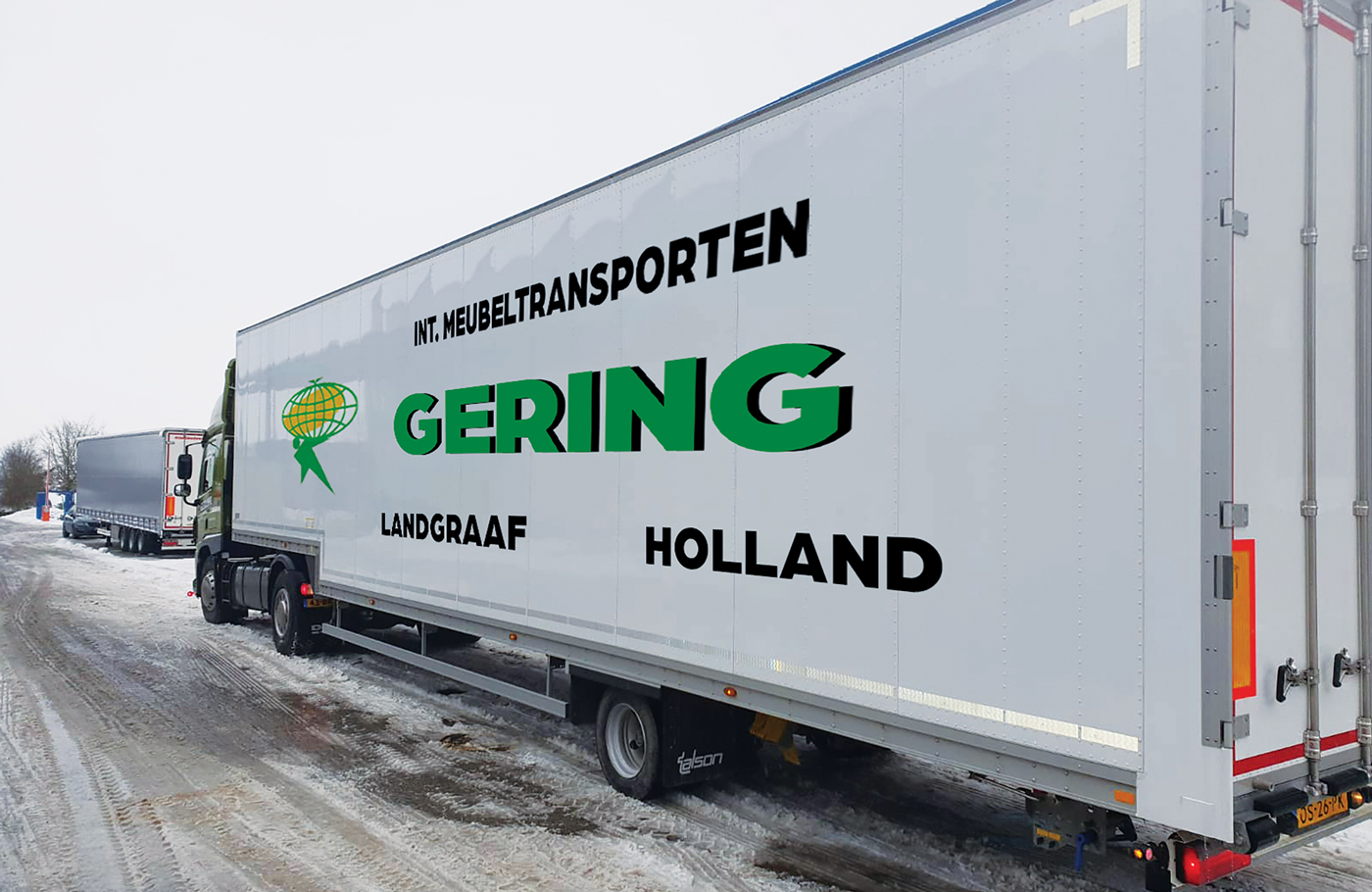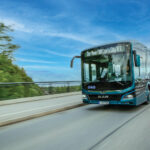An electrifying niche
An electrifying niche
The raw, frightening power of rockslides is a sobering reminder of nature’s energy. Some operators within the commercial vehicle industry have been inspired by its potential, and are using regenerative power to fuel the specialised vehicles of the future, today. JACO DE KLERK takes a look.
Imagine monster trucks carrying ore down from mountainside quarries in Switzerland, the regenerative braking creating almost enough energy to get the empty truck back up again. Or an open-pit mine, where these massive hauliers carry ore round and up the sides while powered by battery-electric drivetrains. These trucks could go down empty, but a mere 30 minutes of regenerative braking could provide massive amounts of kWh, which would otherwise have to be replenished at a charging station, increasing downtime.
These aren’t scenarios from a far-flung future in a sci-fi story, but an attainable reality, as highlighted in the IDTechEx report “Electric Vehicles in Construction, Agriculture and Mining 2020-2030”, by IDTechEx chairman Peter Harrop. (IDTechEx, which is headquartered in the UK with subsidiaries in Japan, Germany and the USA, has been providing independent market research and business intelligence on emerging technology to clients in over 80 countries since 1999.)
Consider the future of forestry: Tesla Semi electric trucks are being used to power a log-hauling pilot programme in Canada that is aiming to be the first zero-emission log trucking operation. Mosaic Forest Management, a timberlands management company based on Vancouver Island, explains the need to electrify logging operations.
“The British Columbia forest sector already plays a significant role in addressing climate change. The working forest captures carbon as it grows, and wood products keep that carbon locked up for decades. New trees are planted and the renewable cycle repeats. However, forestry operations generate tailpipe emissions, including from log trucks. The extended braking of a conventional truck is dirty and expensive. Electrifying the fleet is a particularly good approach in British Columbia, where over 90% of power is generated from clean hydroelectric sources.”
Mosaic reports that there is currently no electric log truck that can handle the conditions in which it works on Vancouver Island, where logs are carried downhill by trucks – a journey that requires excessive braking for long periods of time.
Domenico Iannidinardo, Mosaic’s vice-president and chief forester, notes that the Tesla Semi pilot programme will be a first for the logging industry.
“To our knowledge, there’s no-one in the world hauling logs with fully electric trucks in the mountainous terrain that we have here, so this would be a global first for fully electrified log haul trucks,” he told CHEK News, an independent Canadian television station. If the pilot programme proves successful, Mosaic will electrify its fleet of 300 logging trucks as part of its efforts to become carbon neutral by 2035.
Iannidinardo believes that electric trucks like the Tesla Semi are an excellent fit for the logging industry, especially on Vancouver Island, where much of the timber is located at high elevations. This means that much of the energy consumed by the trucks as they ascend to the mountains could be replenished as they descend, thanks to regenerative braking.
“As they come down the hill loaded, they’re able to regenerate energy and put that back into their batteries so, in this cycle, they can generate their own battery supply on a daily basis,” Iannidinardo says.
Mosaic Forest Management also announced its partnership with local Vancouver Island service provider EcoWest Driven to introduce several Tesla semi-trucks into log hauling. EcoWest Driven is planning to build a charging station with 45 commercial chargers and a service garage at their property in the city of Parksville.
Although some companies are developing fuel cell alternatives to the Tesla Semi, these designs have more potential to go wrong, need expensive hydrogen infrastructure, and have limited capacity for extended regenerative braking.
Raghu Das, CEO of IDTechEx, notes: “The market for downhill trucks for mountainside forestry and mining runs to thousands. Battery-electric has no rival here. Indeed, the same idea applies with huge load-haul-dump trucks in Canadian deep mines that sometimes have to take ore downhill, returning empty.
“Canada commissioned the world’s first unmanned deep mine last year, thanks to electrification. You can even see the same principle in successful trials of descending battery-electric aircraft reversing their propellers to generate electricity and regenerative braking of aircraft on landing.
“Whether on land, sea or air, battery-electric vehicles are winning for a host of reasons like these, their range and payback being improved in many ways not as feasible with alternatives.”
I can’t wait to see how the Tesla Semi electric trucks pilot programme pans out and what other specialised vehicles follow the electrifying niche.

A step ahead
A semi-trailer with an internal height of 3055 mm and the possibility of creating a second or third loading floor. The dream of every furniture transporter. Gering Meubeltransport in Landgraaf in the Netherlands has taken into use three Talson large-volume trailers with these features.
Gering Meubeltransport, which operates throughout Europe with its 45 truck tractors and 163 trailers, has placed an order for three more units, which are called single-axle furniture step-deck trailers. They are equipped with a gooseneck construction that gives them a normal coupling height (of 1 200 mm) and a loading height of 3 055 mm over most of the length. At the front of the trailer the loading height is 2 655 mm.
The special feature of Talson trailers is the absence of a chassis. The trailers are self-supporting, just like a passenger car. This explains the large interior height. Guido Keybek, director of Gering, says: “We transport cabinets and benches, among other things. The additional 10 cm of loading height (compared to a trailer with a chassis) serves us well. We can hook in crossbars in the sidewalls. This creates additional loading floors for goods that cannot be stacked.”
And why no low loading floor in the front of the trailer? “We transport all over Europe and use charters a lot. Our trailers have to be ‘hitchable’ for standard tractors,” he explains. The low rear makes manual unloading at street level easy. With the air suspension in the highest position, the trailers can be parked at a loading dock.
“Stable, solid, durable,” is Keybek’s assessment.
Published by
Jaco de Klerk
focusmagsa




